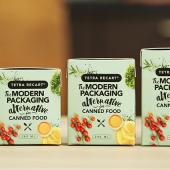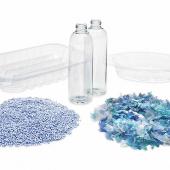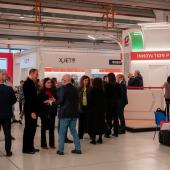What is man worth?
Editorial by Stefano Lavorini
«It is worth living long and suffering the pains that an inscrutable destiny mixes with our days, if at the end we manage to gain clarity within ourselves and if the problem of all our efforts is grasped and clarified in the results of our actions».
This the thought of the great German writer Thomas Mann that helps to generally define the context of human existence, but that also helps us to understand two “virtuous” cases, indeed perhaps far off from our tradition and culture, while all the same close to in geographical and market terms.
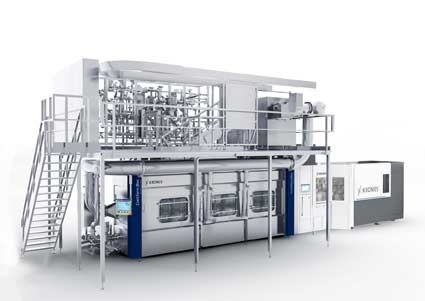 Nothing is as it appears. Let’s start off with Krones, or better from the latest Forum of Opportunity dedicated to aseptic technology organized by the Italian branch close to Verona, accompanied by a visit to the Zuegg works. The rendezvous at the beginning of February concluded a cycle of 3 encounters, attended by a total of over 230 concerns, and was as ever well conceived and instructive. Aboveall on one point: aseptic process technology offers a lot in terms of product innovation, but it is an option that the user has to be able to prepare because it still demands specific and adequate skills and knowhow.
Nothing is as it appears. Let’s start off with Krones, or better from the latest Forum of Opportunity dedicated to aseptic technology organized by the Italian branch close to Verona, accompanied by a visit to the Zuegg works. The rendezvous at the beginning of February concluded a cycle of 3 encounters, attended by a total of over 230 concerns, and was as ever well conceived and instructive. Aboveall on one point: aseptic process technology offers a lot in terms of product innovation, but it is an option that the user has to be able to prepare because it still demands specific and adequate skills and knowhow.
Krones has done a lot to simplify its systems and make them more efficient, going from aseptic fillers in cleanrooms to devising machines with insulators, from wet technology with peracetic acid based decontaminations to full dry technology that uses oxygenated water vapour. Yet, having said and proved that, despite the technology and the vision and innovation capacity of the German group, that has a solution to virtually all problems - from filling to end-of-line, from product conditioning to the workerless factory - man with his skills and knowhow, with his will to understand and solve problems, is still a decisive success factor. As is shown in the case of Zuegg; the Verona based food concern has even restructured an area of the works to build the right surrounds for the aseptic dry unit for low acid products, made up of blower and filler: a controlled contamination oasis, with filtered air and overpressurized environment, metal walls, state-of-the art equipment and facilities. A “jewel” built thanks to the determination of those who were willing and able to adopt a groundbreaking approach, perhaps not even easy, but that points to future growth. We congratulate them on what they have achieved up to now and wish them all the best for what remains to be done in the future.
Click here for further information
Change so that everything stays the same. This definition might suit Bobst. The Swiss company known throughout the world for its diecutting platens and glu-n-fold machines has recently completed its move from Lausanne city to an area close by, Mex. Over these last years the concern has abandoned the production model whereby it proudly built all its machine components itself. And we reiterate the choice made some time back to enter into the “world” of flexible packaging by way a series of important buy-ups.
Bobst has changed, as we were able to note on occasion of the Gifasp autumn assembly held indeed at Mex, and once more we were impressed.
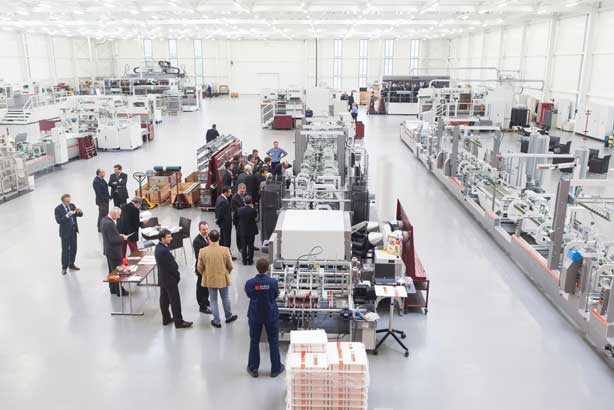 They amazed us without resorting to special effects. Obviously starting off from the Competence Center: a broad and luminous space with a good number of latest generation machines, ready for demonstrations and tests, manned by highly-skilled and highly-professional operators, what is more mostly of Italian origin.
They amazed us without resorting to special effects. Obviously starting off from the Competence Center: a broad and luminous space with a good number of latest generation machines, ready for demonstrations and tests, manned by highly-skilled and highly-professional operators, what is more mostly of Italian origin.
And then the training centre, where, thanks to a program shared with Cantone Vaudois, 270 young trainees follow a complex four-year program combining theory and practise. Paid (and not paying) apprenticeship students who, from the outset and first and foremost, learn the meaning of the word “quality” according to Bobst and that in numerous cases after taking their diploma find work in the company. An exceptional investment for the future that also stands up to the times of crisis.
Indeed now many basic and semiprocessed parts are produced by external suppliers located around the world, but as well as the design and assembly work Bobst continues to create inhouse the pieces with the most added value and carry out the most important and qualifying processes, those that, all told, make the difference on the market. Among these the finishing (the scouring of the lubrication ducts) of the autoplaten toggle axle seats, that is rigorously done by hand: when it comes down to it we are talking about only a few kilos of plain steel in a machine that weighs several tons. It may appear paradoxical, but in the world of hyper technology, the individual ability of a few superspecialised persons, capable of measuring good from the bad at their fingertips, is still fundamental. Hence rather nostalgically man wins out over machine, but this is also the extraordinary continuation of that insuperable rigour that constitutes the very essence of the Swiss company.
Indeed the ownership hasn’t changed: CEO Jean Pascal Bobst is certainly fully aware of the legacy of the illustrious family and company tradition, but he is also capable of expressing full awareness that the world’s borders have extended far beyond what they were in the past. Hats off.
P.S. Speaking with Emilio Corti, sales head of the Sheet-fed business unit, we provocatively asked him for an overall balance - in economic, financial and social terms - of the “flexible packaging” operation that has led in the past to the buy-up of machine builders the likes of Rotomec, Schiavi, etc. and that to some extent has changed the profile of the sector. The subject needs to be further gone into: we hope to be able to broach it soon.














